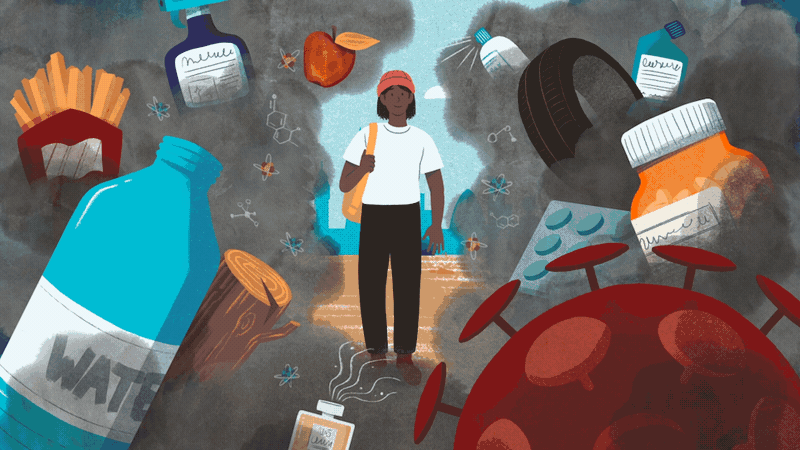Explainer animation: MRC Toxicology Unit
At the Medical Research Council (MRC) Toxicology Unit at the University of Cambridge, researchers are carrying out pioneering research to improve health. Leveraging the power of animation, they've extended their impact beyond the lab walls, helping to raise awareness of their work and build public trust.
From the food we eat, to the medication we take, to the air we inhale, every day we’re exposed to chemicals that can seriously impact our health.
The MRC Toxicology Unit, a leading international research organisation within the University of Cambridge, is carrying out pioneering research to enhance the safety of our medicines and environment and, ultimately, improve global health.
Having relocated from Leicester to Cambridge during the pandemic, the Toxicology Unit recognised its lack of visibility and commissioned an animation to act as a ‘trailer’ for the Unit - showcasing its work and building public trust in research.
The Scriberia animation team worked with the Unit and its key internal stakeholders to help craft the story they wanted to tell.
Dr. Sophie Milbourne, Public Engagement and Communications Manager at the MRC Toxicology Unit says, “When people think of toxicology, poisons and venoms usually spring to mind but the work we are doing here is much more relatable to ‘everyday life’. We have researchers working on the effects of air pollution, cancer immunotherapy and mRNA vaccines, for example - issues that will and are impacting a huge proportion of people.
“With the animation, we wanted to give people an overview of why we exist, why it’s important we exist and what we are working towards.”
Dr. Sophie Milbourne, Public Engagement Manager, MRC Toxicology Unit.
“With the animation, we wanted to give people an overview of why we exist, why it’s important we exist and what we are working towards.”
From illustrating the analysis of tyre particles for research to showcasing the partners it works with, our animators produced a beautiful three-minute animation that powerfully captured the breadth of the Unit’s research.
“When we were asked initially who our target audience was, saying ‘everybody’ was probably not that helpful but the impact of our work truly is universal,” adds Sophie.
To ensure clarity and accessibility, the animation used plain English, avoiding jargon-heavy descriptions and technical language. It also captured the diversity of the Unit’s 100-plus workforce.
The impact of the animation has reached far beyond the walls of the Cambridge labs - it has been shared across the Unit’s social media platforms, embedded on its website, included in press releases and used at open days for prospective PhD students, offering a flavour of what the Unit is doing to make our environment safer. 
“Thanks to Scriberia, we've been able to give people a really strong sense of who we are in just three minutes.”
Sophie says, “The feedback has been great, particularly around how succinctly we captured the range of research we carry out, as well as the outreach we do with government and industry partners.
“I’ve made sure the animation is displayed on TV screens around the building so it’s one of the first things visitors see. I’ve seen staff stand there and watch it too - it’s a nice validation of what we do!
“One of the researchers told me she shared it with her family back in Argentina who are learning English and they easily understood what we were trying to convey. That’s the beauty of an animation.”
Sophie adds: “It was so easy to work with Scriberia. I think that’s the best way to describe it! We had a very clear plan from the start and each party knew exactly what was expected from them.
“Thanks to Scriberia, we've been able to give people a really strong sense of who we are in just three minutes.”
